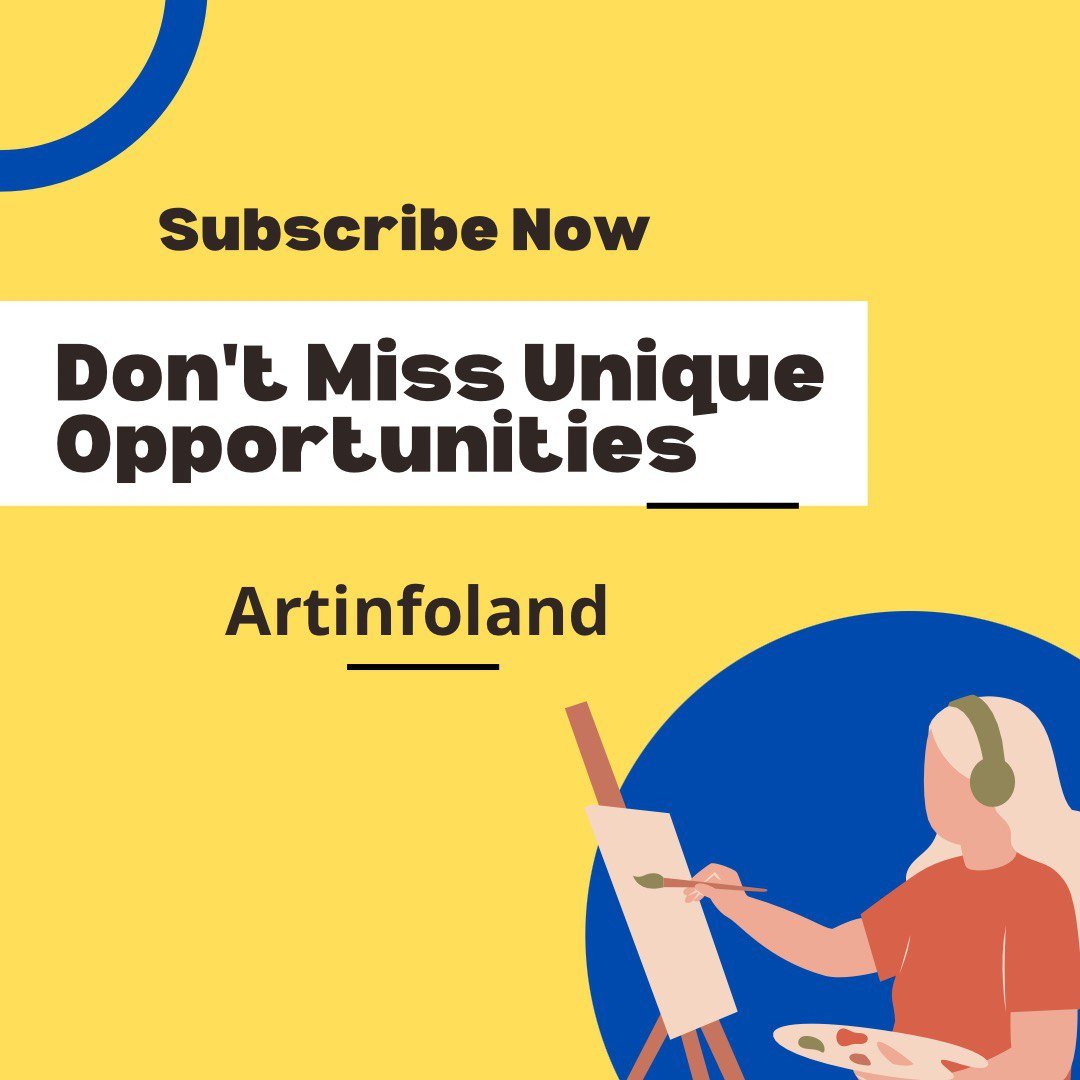- How does art deal with what is barely perceptible?
- How can we express what is vanishing or emerging?
- How does art bring (dis)appearance into our consciousness?
- What invisible traces of our ancestors and more-than-human relationships resonate in our work?
- What remains in our body that has not yet emerged (hidden or embodied knowledge)?
- How do we relate to what is (dis)appearing in our environment?
- How do we relate to processes that are no longer tangible but overflow into other spaces.
- Where is the tipping point between appearance and disappearance? Is there such a thing as complete disappearance, either physical or mental?
The blending of online and offline worlds has greatly expanded how we connect with our surroundings. These connections are not just with the physical things around us, but also with spaces and environments of all kinds, even those we cannot directly perceive.
We find ourselves in situations where objects, subjects and processes suddenly appear, only then to evaporate. It becomes difficult to understand what is present and what is no longer there, what is noticeable and what is imperceivable, what is vanishing and what leaves behind trails of glimmers that reverberate through time, space, and our bodies?
For this year’s Open Call, APRIA is looking for contributions that offer new perspectives, through artistic possibilities, on the process of (dis)appearance. APRIA is interested in three themes of (dis)appearance in artistic practices: (1.) Becoming (im)perceptible; (2.) Generational passing on/passing through; and (3.) The (dis)appearing of environments.
The following questions underlie this call:
